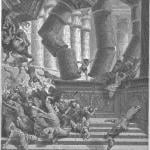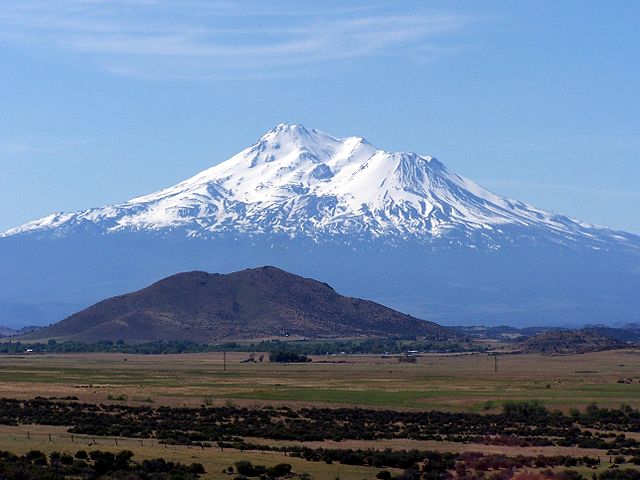
Compare Matthew 22:34-40; Mark 12:28-34
τοῦτο ποίει καὶ ζήσῃ.
“Do this, and you will live.”
With that kind of promise coming at its conclusion, this brief passage ought to be given a great deal of thoughtful attention by all disciples of Christ. Maybe daily.
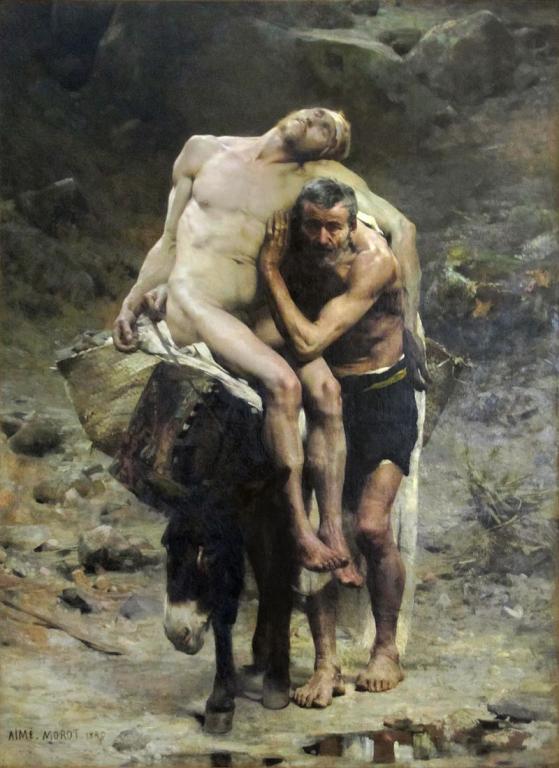
This is one of the most beloved and memorable of all of Christ’s parables.
My friend and former FARMS and Maxwell Institute colleague Jack Welch offers a very interesting perspective on it here:
“The Good Samaritan: A Type and Shadow of the Plan of Salvation”
I discussed a fascinatingly different translation of this story in a column that I published several years ago in the Deseret News:
You can easily guess what the “unprintable racist epithet” is.
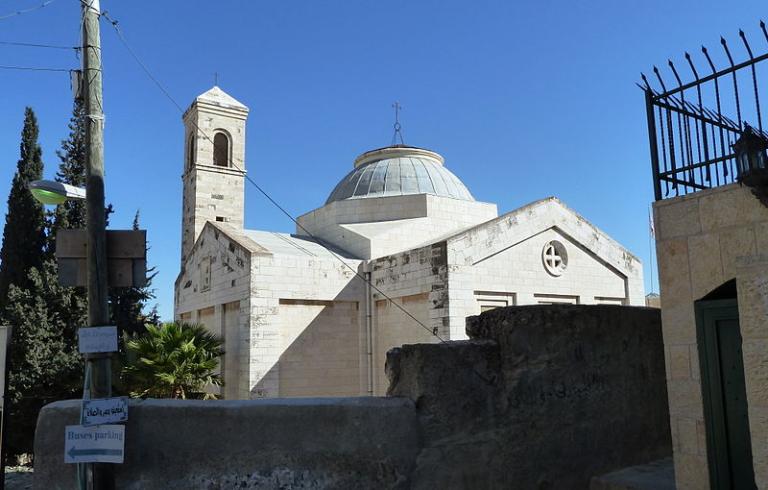
Compare John 11:1; 12:1-3
Mary and Martha, and their brother Lazarus, were friends of Jesus. He apparently often stayed with them when he came to Jerusalem.
They lived in Bethany (Aramaic בית עניא, Beth Anya; Greek Βηθανία), the traditional site of which is still known today, in Arabic, as al-Eizariyya (العيزرية), a name that derives from Lazarus. It’s a West Bank town located just over the Mount of Olives, on its southeast slope, from Jerusalem. The Garden of Gethsemane was located at the Jerusalem-end of a path that connected Bethany with Jerusalem over a saddle on the Mount of Olives. Jesus would have passed it often, as we walked between their place and the city.
I presume that he stayed with them for economic or financial reasons, especially at festival times when the inns were full and the prices high, just as people coming to Salt Lake City for General Conference will often stay with friends or relatives in the area.
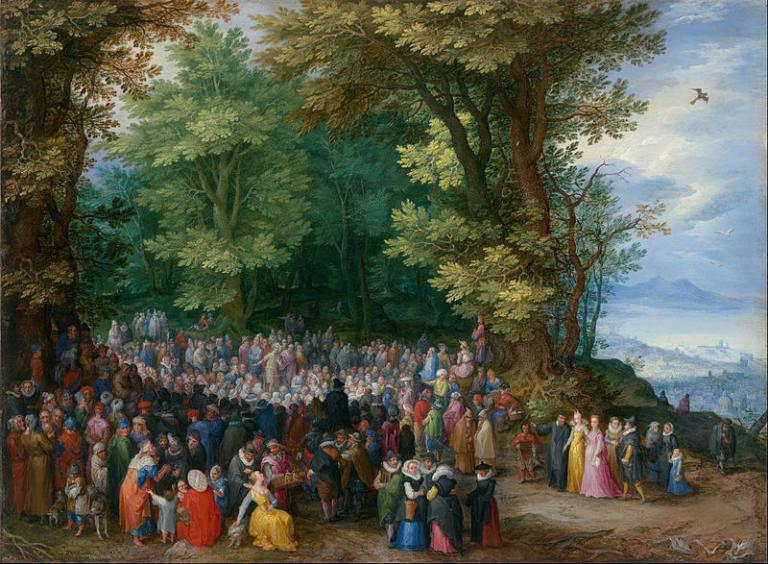
You should not conclude from this slightly misleading painting that the Sermon on the Mount was delivered in Flanders. That would be a mistake.
Compare Matthew 6:9-13
Probably the best Latter-day Saint discussion of “The Lord’s Prayer” is to be found in John W. Welch’s 1998 Illuminating the Sermon at the Temple and Sermon on the Mount: An Approach to 3 Nephi 11-18 and Matthew 5-7, reissued in 2010 as The Sermon at the Temple and the Sermon on the Mount: A Latter-day Saint Approach, which is a substantial revision of his 1990 The Sermon at the Temple and the Sermon on the Mount.
Of course, the book was published by FARMS (now the Maxwell Institute), back in the dark era before real scholarship came to that organization, when vicious ad hominems and pseudo-scholarship were the order of the day.
In 2009, incidentally, Professor Welch — my incredibly prolific and polymathic friend — published The Sermon on the Mount in the Light of the Temple with Ashgate, in the United Kingdom. This was a revision of his work for a general non-LDS audience.








